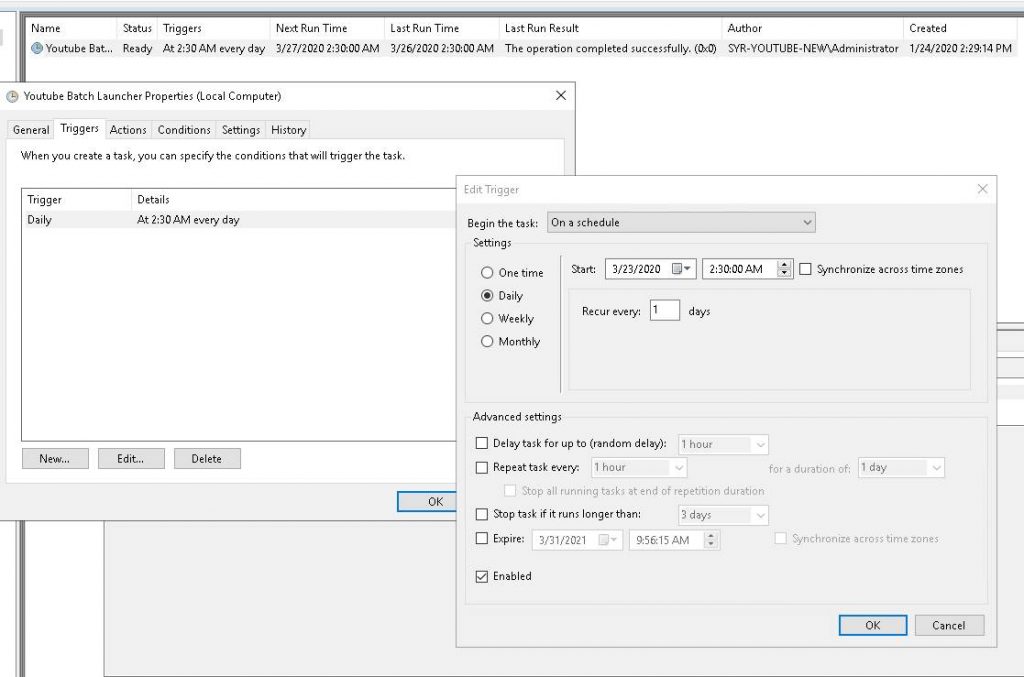Wikipedia is a vast archive of knowledge and information we tend to forget is there. An encyclopedia of knowledge brought by users and edited by a community, it has a high accuracy rate and information on just about any subject you could want. You can also download an entire archive of it at around 90GB at the time of this writing!
I’ve had the idea for a while now about making an offline version to run locally for myself or friends, maybe something just to browse during a flight or roadtrip. Or, as my prepping thoughts say, maybe something for when the power’s out and easy to access! Enter the Raspberry Pi, a low cost and low power computer to run this using a suite of tools you can run off a battery pack and access from one’s phone/tablet/computer. Well, this is easier than you might think! I’ll be going over the ideas and thought processes of this at a high level as the project took some time. I can provide more details if you’d like by reaching out to me at if you’d like.
The goals of this project were as follows:
- Use a Raspberry Pi to run this off a battery pack for several hours at minimum
- Must be 100% self contained; This should be able to boot, run and provide access without user input
- Access must be simple; In this case, a self created Wifi network hosted from the Raspberry Pi
- Small, easy to travel with. For this reason I went with a Raspberry Pi Zero W. One of the smallest Raspberry Pi SOC computers that exists (about the size of a large flash drive).
Starting with the basics: Raspberry Pi Zero W. This is a single board computer a little bigger than a flash drive which can be powered by a small USB batter pack and a micro-USB adapter. I installed a 128GB micro-SD card and flashed an image of Raspberry Pi OS onto it (an ARM branch of Ubuntu server).
The next steps were to download a suite of tools called “Kiwix Tools”. This neat set of applications allow you to host a downloaded archive of Wikipedia, providing users a simple web interface just like Wikipedia. Once done, I could then access this over my local network.
Next up was the user hostapd/dnsmasq to build a Wifi network using the onboard wifi chipset to connect to the raspberry pi, provide DHCP and resolving locally which allowed me to connect via any device with wifi. I used a tablet to configure and confirm this.
For the last portion, I installed a LAMP stack onto the system (Linux + Apache + Mysql + PHP) and installed a copy of wordpress. I wanted a way to easily write notes into a webpage for anything to see when accessing this. Information, notes, ideas, etc, this was the easiest way to write and view this. It’s surprising how well this runs off the little system too!
In the end, I have a small ultra low power server essentially which allows me access to a vast amount of information on an almost endless supply of topics, along with WordPress for notes and further information I want to add!
In the future, I may build HTTRACK onto the system to rip websites for offline viewing as well to have even more access and information offline as I want. This was more of a proof of concept system but I’m quite proud of how it built out. Anyways, I hope you enjoyed my rambling and thoughts. Cheers!
